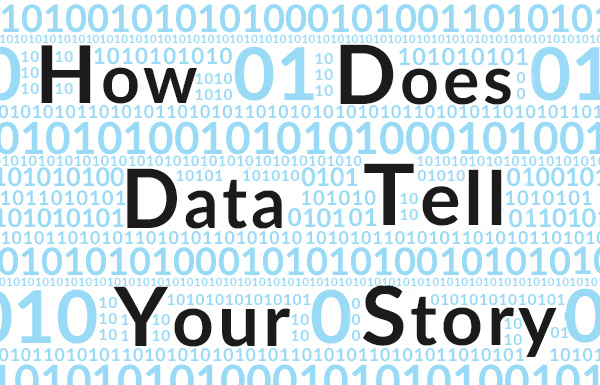
In this age of Big Data, data is power – and you and your company can benefit immensely from understanding what it’s telling you. But how can you leverage your data treasure trove? Here we will go through 4 steps to improve your data analysis process.
#1: Understand the relationship between quantitative and qualitative research and analysis
You’re likely to hear “qualitative” and “quantitative” any time big data is being discussed. But what do those terms actually mean? And how are they interconnected? How will the answers you find during qualitative research allow you to be more informed in your quantitative research?
Qualitative Research:
- Type: an adaptable way to informally collect information and develop preliminary hypotheses
- Method: small sample sizes, such as focus groups, individual interviews, and observing customers interact with your product or service
- When to use: at the start of your data hunt
Quantitative Research:
- Type: a means for sampling larger populations and providing measurable, definitive data that can be transformed, converted, interpreted and ultimately analysed.
- Method: surveys/polls, interviews and longitudinal studies (i.e. systematic and repeated observations over certain periods of time).
- When to use: once you’ve done some qualitative soul searching.
#2 : Ensure your data quality and the right data
According to a September 2017 Harvard Business Review survey, on average, 47% of newly created data records have at least one critical error. In fact, Gartner research indicates that the “average financial impact of poor data quality on organisations is $9.7 million per year.”
To obtain accurate data analysis, no matter your data is structured or unstructured or your data is on-premises or in the cloud, it needs to be trusted.
To ensure trustworthy data, you can leverage a range of data quality and data management solutions.
At the same time, you also need to think about what “type” of data will help? In other words, what are you measuring and how are you measuring it?
Small data – how things are
- Is manageable in size, may not change very often, and exists in structured forms, such as in a CRM program or bookkeeping software
- While “big data” is all the rage, small data shouldn’t be ignored as it’s likely that your business has been analysing the contained information in some form or another since your business launched.
- It is essential for knowing your customers and understanding your company’s overall financial health.
Big data – how things could be
- Most likely, you can’t easily structure this information as it is dynamic and constantly changing.
- It may be what your customers say about you on social media, the content of your call center reps’ conversations, how potential clients interact with your booth at trade shows or how receptive an audience is to your keynote speech.
- The sheer amount of information available can make organising and analysing it unwieldy.
What type of analysis will provide you with the clearest solutions? Do you want…
- Descriptive – what’s happened in the past;
- Predictive – what you predict will happen in the future;
- Prescriptive – used to create recommendations; and/or
- Automated – automating the decision making process
#3: Humanise your data
Once you’ve tapped into your data, you may find the results to be overly abstract. During this phase it helps to remember that, ultimately, your clients and customers are people first, data points second. Put another way…
- What have you discovered about the individuals behind the data?
- What have you learned about your customers’ pain points, needs and and motivations?
- What do you now know about your clients’ biggest hopes, dreams and aspirations?
- What have you uncovered about your clients’ decision-making processes?
- What keeps them up at night?
Can you then circle back to how the answers to those questions enhance your company’s core values, mission and message?
#4: Visualise your data
You may find that jumping into the “humanisation” process is simply not possible with the volume of information you’re presented with. This is where visualising your data can be extremely helpful.
Data Analytics tool can help visualise data in dashboards and make it easy for everyone to understand. Most importantly, all data and dashboards can be synchronised in real time with your business, giving the most updated and reliable insights at any point of time.
Limited time: Grab your free trial offer of Tableau data analytics tool here!
If all of this talk of data, integration, humanisation, etc. is a bit daunting, don’t worry. Introv advises its clients in this area all the time. The Introv team particular likes:
- Tableau – helps visualise data to help your organisation understand and gain insight from its data
- Informatica – helps enhance the quality of your data, ensuring its accuracy
Don’t forget to enjoy a 14-day free trial of our data analytics tool!
About Introv
We are an award-winning, full service IT & Business Management Consultancy Service Provider in APAC. We offer best-in-class collaborative software solutions to companies of all sizes, looking to improve the operational excellence of their business.













